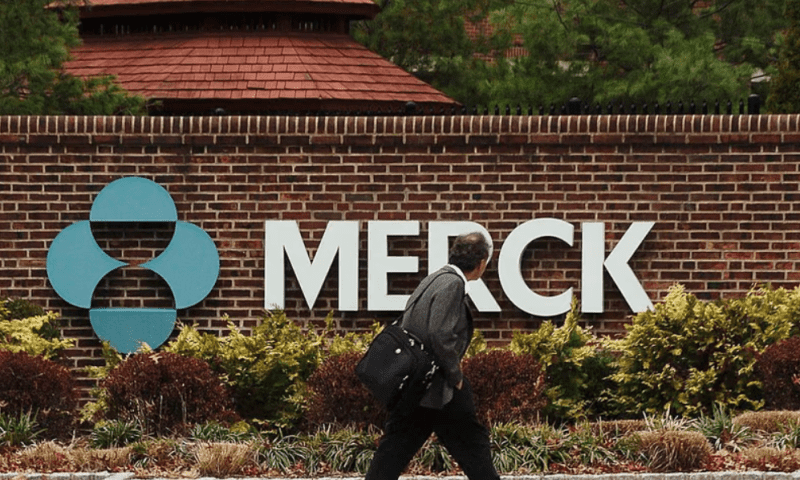Orna Therapeutics is in the money. Tuesday morning, the developer of fully engineered circular RNA therapies revealed a double dose of good news, simultaneously taking the lid off an alliance with Merck & Co. worth $150 million upfront and a $221 million series B financing.
First, to the Merck deal. The Big Pharma is making the upfront payment and committing to up to $3.5 billion in milestones to work with Orna to advance programs including engineered circular RNA (oRNA) vaccines and therapeutics against infectious diseases and cancers. Orna will retain rights to its oRNA-LNP platform and continue to advance other wholly owned programs internally.
“This broad strategic collaboration brings together Merck’s significant expertise in nucleic acid biology, clinical development and manufacturing with Orna’s compelling circular RNA technology to explore the opportunity to develop a new generation of potential vaccines and therapeutics,” Fiona Marshall, head of discovery, preclinical and translational medicine at Merck Research Laboratories, said in a statement.
The technology that Marshall finds compelling enables Orna to engineer linear RNA that turns itself into a circle. If Orna is right, the self-circularizing RNA will improve on the production, protein expression and immunogenicity of traditional linear mRNA therapies. Orna has secured lipid nanoparticles from a joint venture with RNA delivery company ReNAgade Therapeutics.
Merck is also pumping $100 million into Orna’s series B round. Orna’s founding investors, MPM Capital and BioImpact Capital, and other backers have provided a further $121 million, giving the biotech the financial muscle to move its lead in situ CAR (isCAR) program toward the clinic and build manufacturing capabilities.
The anti-CD18 isCAR program could yield a cheaper and safer alternative to CAR-T cell therapies. Rather than administer a cell therapy to a patient, Orna wants to deliver RNA that encodes for CAR and thereby enables the recipient’s own cells to make the drug. The approach could achieve CAR-like efficacy through a treatment that behaves like a conventional drug, eliminating some of the issues with cell therapy.

